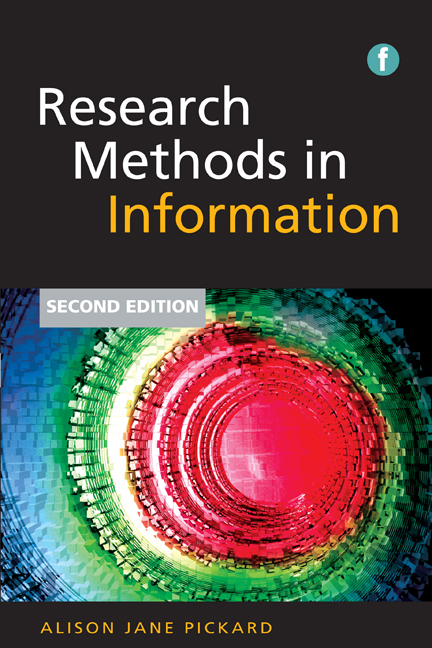Book contents
- Frontmatter
- Contents
- Preface to the second edition
- Acknowledgements
- Introduction
- Part 1 Starting the research process
- Part 2 Research methods
- Part 3 Data collection techniques
- 17 Interviews
- 18 Questionnaires
- 19 Observation
- 20 Diaries
- 21 Focus groups
- 22 Analysis of existing, externally created material
- Part 4 Data analysis and research presentation
- Part 5 Glossary and references
- Index
18 - Questionnaires
from Part 3 - Data collection techniques
Published online by Cambridge University Press: 08 June 2018
- Frontmatter
- Contents
- Preface to the second edition
- Acknowledgements
- Introduction
- Part 1 Starting the research process
- Part 2 Research methods
- Part 3 Data collection techniques
- 17 Interviews
- 18 Questionnaires
- 19 Observation
- 20 Diaries
- 21 Focus groups
- 22 Analysis of existing, externally created material
- Part 4 Data analysis and research presentation
- Part 5 Glossary and references
- Index
Summary
Survey data are usually obtained by means of a questionnaire, a series of pre-determined questions that can be either self-administered, administered by mail, or asked interviewers. When the questionnaire is to be administered by interview, it is often called an interview schedule. The use of questionnaires in research is based on one basic underlying assumption: that the respondent will be both willing and able to give truthful answers.
(Burns, 2000, 571)Introduction
Questionnaires are without doubt the single most popular data collection tools in any research involving human subjects. I usually begin any lecture on questionnaire design by saying that so much of what you are about to hear (or in this case read) would appear to be ‘common sense’. It's amazing how common sense can fly out of the window when researchers becomes so steeped in their subject and are eager to gather data that they lose their objective eye when it comes to critically analysing data collection instruments. A lot of the discussion in this chapter may appear to be ‘common sense’; if that is indeed the case then try to ensure that you use your common sense well.
There are a number of reasons for using questionnaires in your research: you can reach a large and geographically dispersed community at relatively low cost, you can harvest data from a larger sample than would be possible using any other technique, anonymity can be offered as well as confidentiality, and the data analysis can be determined from the outset, even as far as coding before the questionnaires have been distributed. Having said all of that, the most usual reason I am given by new researchers for the choice of questionnaire for data collection is ‘I won't have to talk to anybody’. This may well be a very good reason in the eyes of the neophyte researcher; it is not a good enough reason in terms of research credibility. Identify the purpose of your investigation and what you hope to do with your data once it has been analysed; base your choice on the aim of the research (although we all know personal preference will enter into the decision-making process).
- Type
- Chapter
- Information
- Research Methods in Information , pp. 207 - 224Publisher: FacetPrint publication year: 2013



